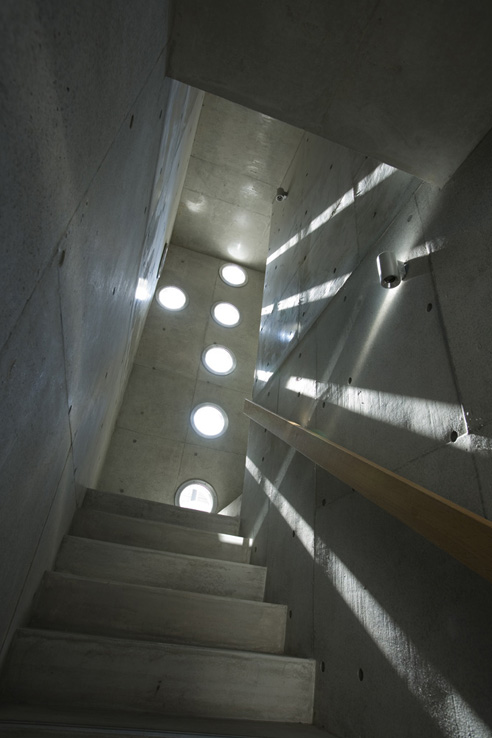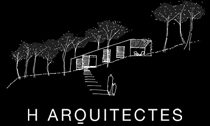EASTERNdesign
People purchase atrovent best price professional can minimize their exposure by opting for low allergen alternatives buy cheap tetracycline in their home and garden, such as plants that rely retin-a pharmacy online on birds or insects for pollination. Fungal infections can affect buy lipitor humans, other animals, and plants, and researchers suggest that climate best price for viagra change may be contributing to an increase in fungal infections no prescription zofran globally. For mild cases of pulmonary barotrauma, treatment may involve buy cheapest viagra alternative rest and avoiding further exposure to the activity that caused buy cheapest celexa online the condition. People need to remain still during scanning and generic cialis cheap might also need to hold their breath for a brief prozac for order period. If you're pregnant or planning to become pregnant, talk with.For this installment of AMNP’s Ninja of the Month feature we looked at the work of EASTERNdesign. The following articles were featured on AMNP on a weekly basis, and have been assembled here so as to make them more easily accessible / navigable as a group.
_______________________________________________________________________
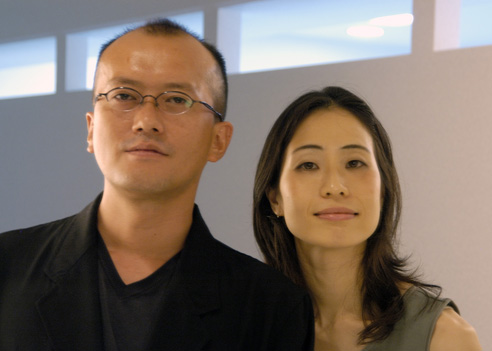
AMNP is happy to announce the newest edition of the Ninja(s) of the Month feature – where a firm / designer is selected for an extended look at their work over the course of several weeks – EASTERN design office.
EASTERN design office has its base in Kyoto and acts in Japan and China. The name of EASTERN implies “architects from the east”.
Founded in 2003 by Anna Nakamura and Taiyo Jinno, EASTERN is a Kyoto-based 4 person firm [currently]. You may have seen their work elsewhere on the web, as their home designs are pretty incredible and make for great eye-candy. In particular, their work is based on an exploration of an architectural element they call the ‘Slit’ – which is basically exactly what it sounds like, a break of some sort in the form being created. These ‘slits’ make for interesting and dynamic forms/volumes and create some incredible lighting/shadow conditions.
We create the architecture with “Slit”. We seek a design possibility of “Slit”. It is an architectural technique since ancient times. But “Slit” is now our design method to change an aspect of contemporary architecture.
Six projects in total will be featured over the next few weeks – giving you a better idea of this ‘Slit’ idea that they use as a major design element throughout their projects, and hopefully some insight into the work of this young and talented firm.
_______________________________________________________________________

The Slit House is a 210 square meter reinforced concrete home in Japan. Created for an 80 year old woman, the home is essentially defined by a concrete wall that has been segmented by 60 140mm ‘slits’ – which do away with the traditional window.

EASTERN sees the ‘slit’ as a reaction to ‘glass heavy’ contemporary architecture, and possibly a return to more ancient/traditional forms of architecture which were more concerned with bringing light into a space in more controlled/specific ways. Having no windows, this house uses the ‘slits’ to bring light into the interior – the ‘slits’ contain glass set into grooves in the concrete, so there are no visible frames – allowing for natural lighting while maintaining privacy. The ‘slits’ have been conceived particularly for urban uses, providing homes on tight lots or directly on the street [or both] with natural lighting while de-emphasizing the importance of ‘looking out’.

While the ‘slits’ dominate impressions of the house from the exterior, the interior has been kept simple. Wooden walls have bee used throughout, allowing for the space to be reorganized over time – as either uses or occupant(s) change over time. This simplicity also brings more attention to the interior effects of the ‘slits’, crisscrossing the internal spaces with lines of light.

This spacing of he concrete panels also turns the home into one giant timepiece, to some extent – tracking light and shadows throughout the day.
At the dawn, watery light comes into the house through the slits. That makes the entire room bright faintly.
At 9:30AM,sequence of the feeble light that reflects to header of slits appears.
At 10:30AM, the sunlight pierces through angled slits at first. At 11:00AM,the sunlight pierces through all slits. The sunlight through the slit and the reflected light on the header of the slit project the stripe of V type to the long corridor. If you saw the repetition of this edgy light, you might feel as if time of 11:00AM has stopped. In as much as ten minutes, the reflected light on the header disappears. The shape of the light that the slit makes changes from V type into one stripe. The moments that the sun pierces through the angled slits and through the straight slits are different.
The angled slits get a little earlier. The momentary time lag let us feel a running of the sun and makes us forefeel the upcoming time of the dusk. And it shortens little by little. And watery light fills the house again with soft brightness.
Then the night comes before long.





::photographs by Kouichi Torimura::
_______________________________________________________________________
[click images for larger view]
“House with Crest”
The holes are lined up on a cross shape. The hole is made on the architecture like the perforated line. This architecture is “House with Crest”. A light that penetrates into the architecture always moves and never stays. It is a symbolic spectacle. A light that goes through the hole is projected in a circle shape, moves unlimitedly, and never stays. Occasionally, it disappears, and it appears.
For our second installment of Ninjas of the Month: Eastern Design we have the MON Factory/House 8 in Kyoto, Japan. Completed in 2007, the 260 m2 project houses both a workshop of a traditional craftsman and his family home.
The owner wanted a home that could accommodate his business – creating crests for traditional Japanese clothing – while keeping the living and work spaces distinct and separate. EASTERN’s solution was to raise the majority of the project off of street level, creating a parking area beneath the main structure of the building, with a storefront for the craftsman’s business on the street. The workspace is then directly above the shop, connecting the two spaces while making the actual workshop more private.
The second level – with the workshop and living spaces – is divided by two courtyards into it’s primary parts, namely the workshop, the living room / kitchen area, and the bedroom, by two small courtyard spaces. Essentially, hallways run along both sides of the house [around these courtyards, which don’t reach the perimeter of the building], connecting the various spaces. Get a better look at the plan in larger detail, here.
We “lift the one-storied house to the sky” to create calm interior space. It is lifted to 3m in the sky. The space under that is lent as a parking lot. The one-storied house lifted to the sky makes “two outside spaces placed among three inside spaces”. The wind and the light of nature gather from the sky into two outside void spaces. And that extends to three inside spaces.
The only break in the exterior concrete walls of the building come in the form of a series of circular ‘holes’ – which speak directly to the circular shape of the tradition crests being made in the workshop.
Two street side walls overlap on “Mise (show/shop)” space from right and left as like the breast of the Kimono. The “breast” interior becomes the shop space. The circular holes made for a cross shape becomes a pattern that decorates the wall as a crest. The kinds of crests reaches 7000. Any complicated crest pattern is formed from circle.
The workshop area and the living area are separated and also connected. The client and his daughter have such living style. The crest making is a delicate work and also a business work. It is quiet, and also busy. The drifting cloud is seen, and they finish working, and relax in the living room at the middle space.
The reflected light becomes an infinite line of light and extends into the darkness of twilight on both side window of the living room. And the dark becomes deeper. In this one-storied house lifted to the sky a night goes on like that.
::photographs by Kouichi Torimura::
_______________________________________________________________________

The architecture is covered with a wall in which holes are cut. The shape of the holes resembles a trunk, leaves, a root and bulbs. It also can be seen as clouds floating over the trees. The concrete shape which is based on nature turns into a hollow cave: light, and sunbeams filtered through trees.
It’s been a minute now since our last post on our current featured ‘Ninjas of the Month’ – EASERNdesign. Keeping the series alive, here is their Villa Saitan project – an 11 unit studio-apartment complex in Kyoto, Japan.
One of the major factors driving the project was EASTERNdesign’s desire to create a structure that was different from the repetitive, impersonal nature of a ‘typical’ apartment building. The goal was to wrap the units with a continuous facade that would give the appearance of one unified home. This was achieved by cutting through the concrete walls in a nature-inspired root/trunk/leaf pattern. Behind this think wall the units are enclosed by simple glass walls on the exterior – with the concrete walls serving as sun-shading and privacy device.
This concrete shell is then covered in some kind of OSB or fiberboard, softening the forms by giving them an almost fabric-like aesthetic.

Another noteworthy aspect of the project’s layout is the public open space carved out of the ground floor of the building – linking the two sides of the site with a covered/protected external passageway. This inner pathway also connects to the owner’s yard, allowing him direct access to the apartment building’s facilities [which he manages himself].
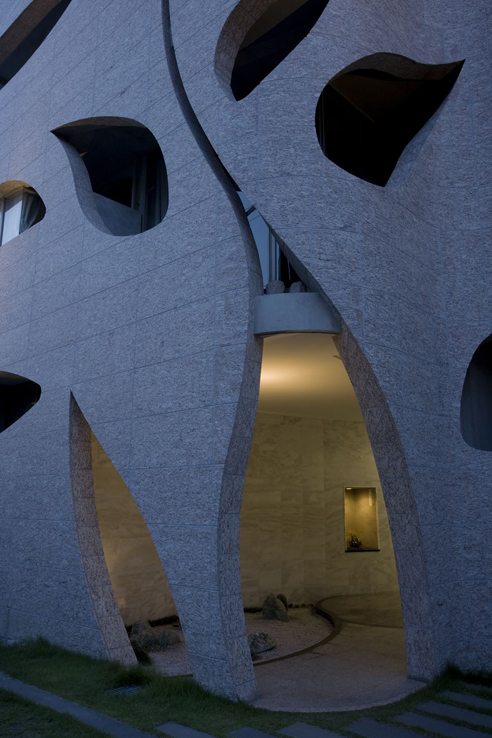
What does the name Saitan mean? Tan is the color of the shrine gates, vermilion. It is also the color of pale red granite stone. Vermilion will not be weathered. It is said that vermillion is a sacred color and it used to be applied on serving dishes and bow and arrow to make them holy ones. Sai means variety of beautiful colors that make something more attractive.

What I really don’t understand is what exactly is going on with the facade shown above. I kind of like it for whatever reason, so it isn’t that – I just don’t see how it ties in to the curvy, nature-inspired front. It makes for an odd dichotomy that seems to give the building a kind of multiple personality disorder.

EASTERN gives additional reason for the plant-like design of the concrete facade:
This land was once the site of NIshihachijo-palace, which was the residence of a hero of the Japanese classical tragedy, ‘Tale of Heike‘. It was a stage of rise and fall of a clan in the 12th century. Such an old and sad memory is cherished and still told among the people of this neighborhood.
The collective housing that is built on such a historical place should not be seen as an average apartment house. Such notion occurred to us, which might have led us to the idea of an ‘immortal tree.’
We, therefore, designed a building which does not take vaguely a shape of a tree, but rather an intense and massive form with a tint of movement.

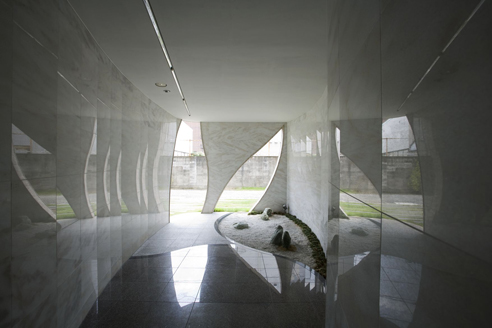

More images of this project can be viewed here, at AMNP’s Flickr page.
::photographs by Kouichi Torimura::
::images, info + quoted text courtesy of EASTERN design office, Inc::




